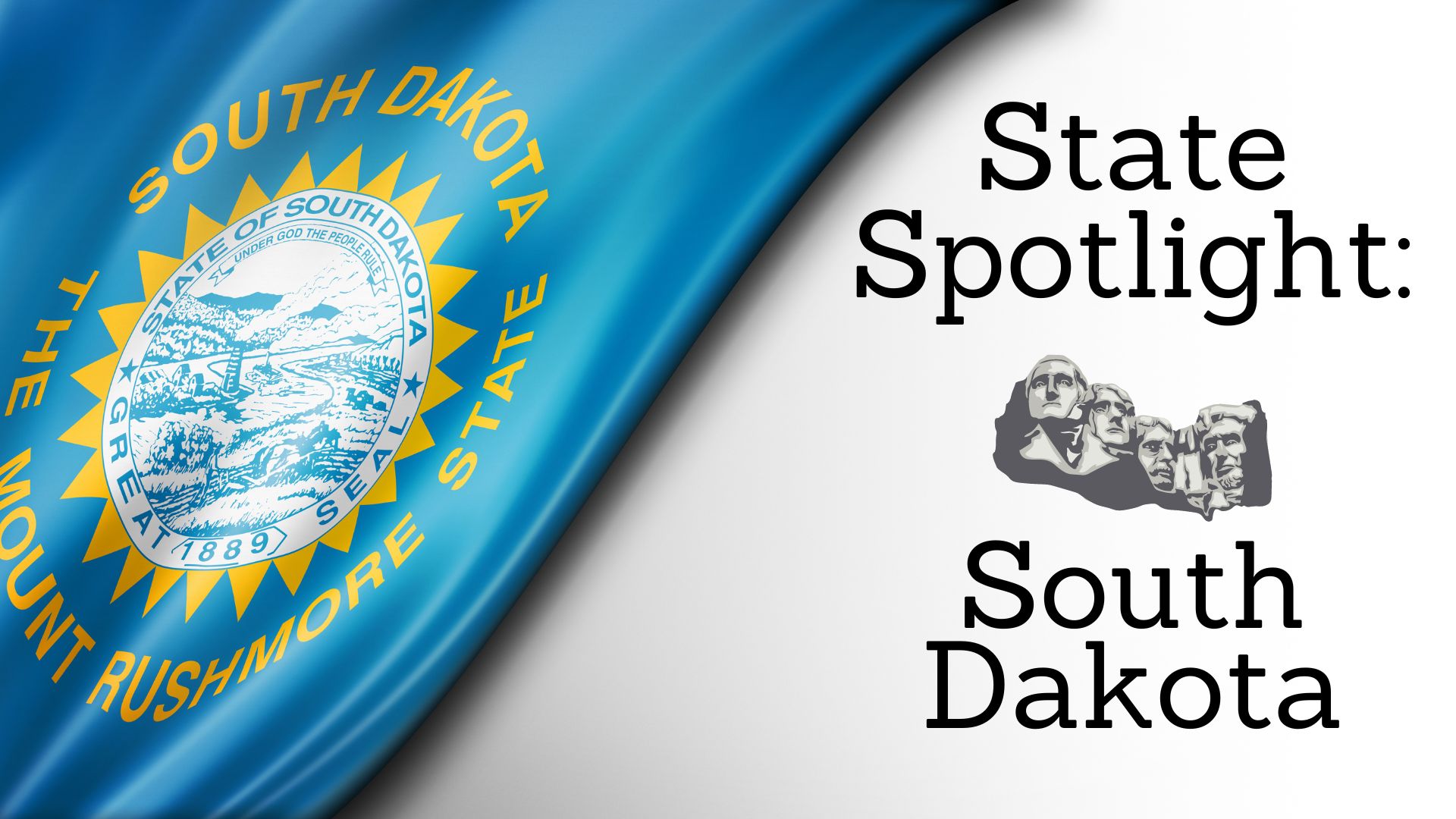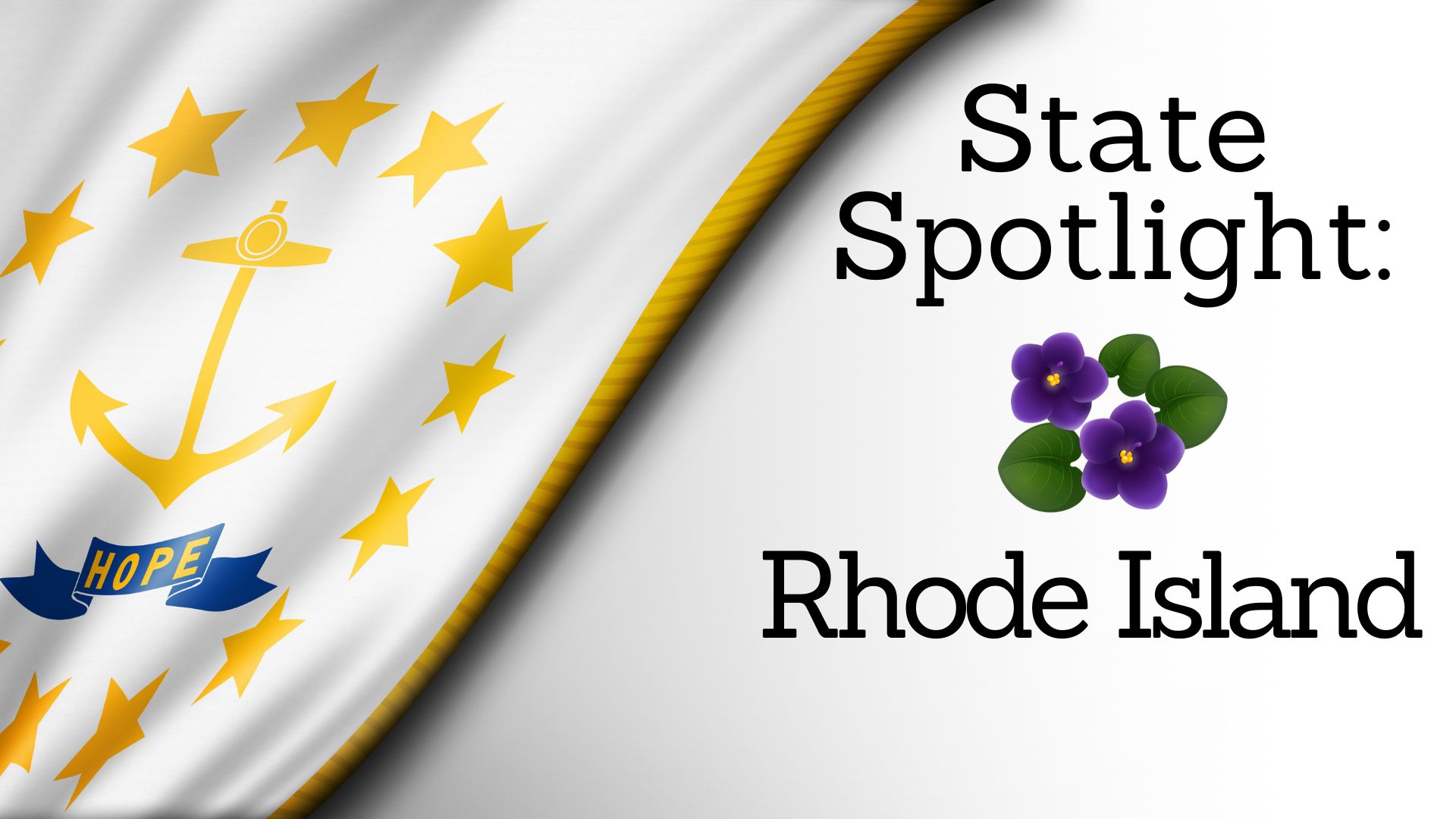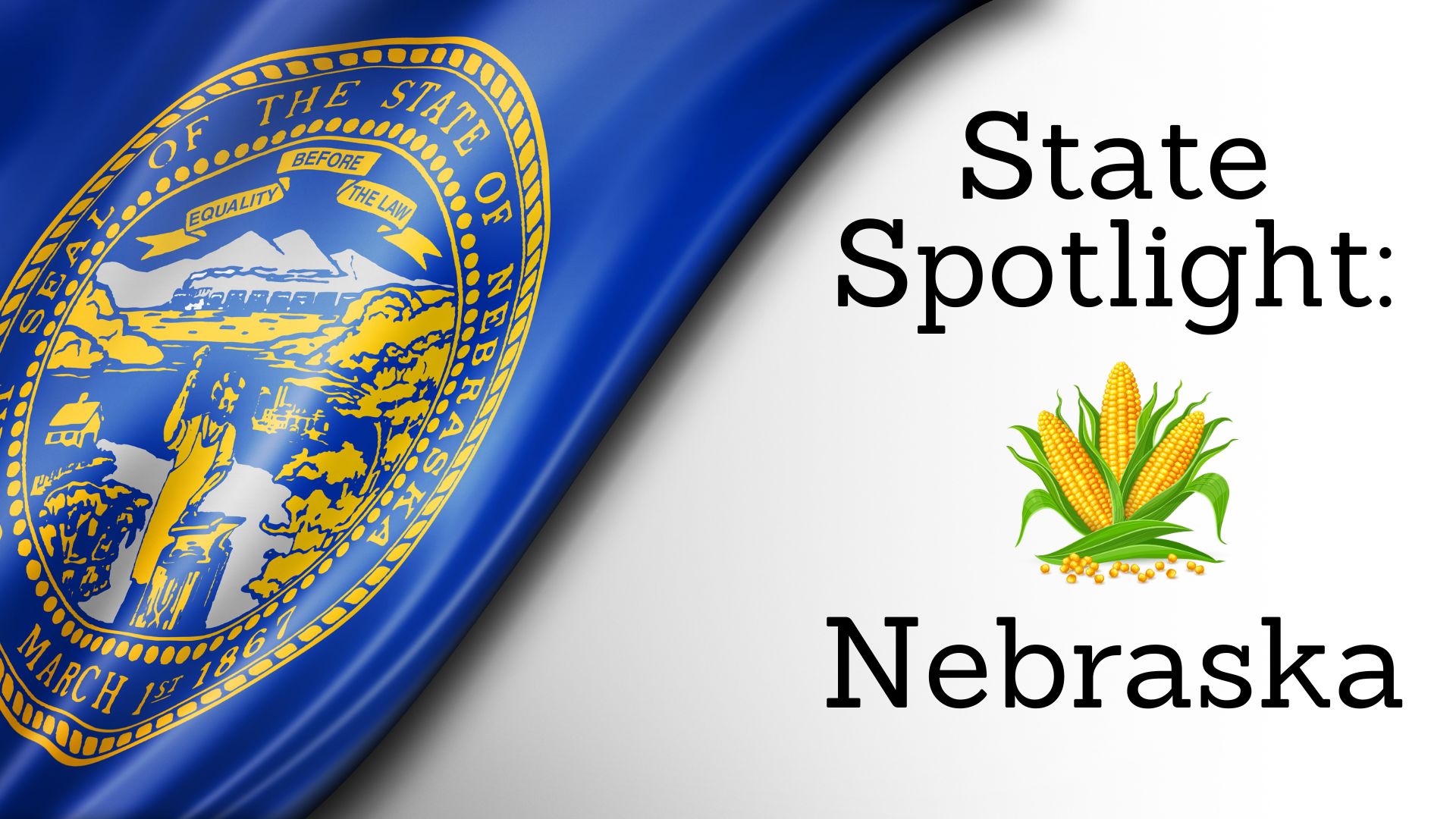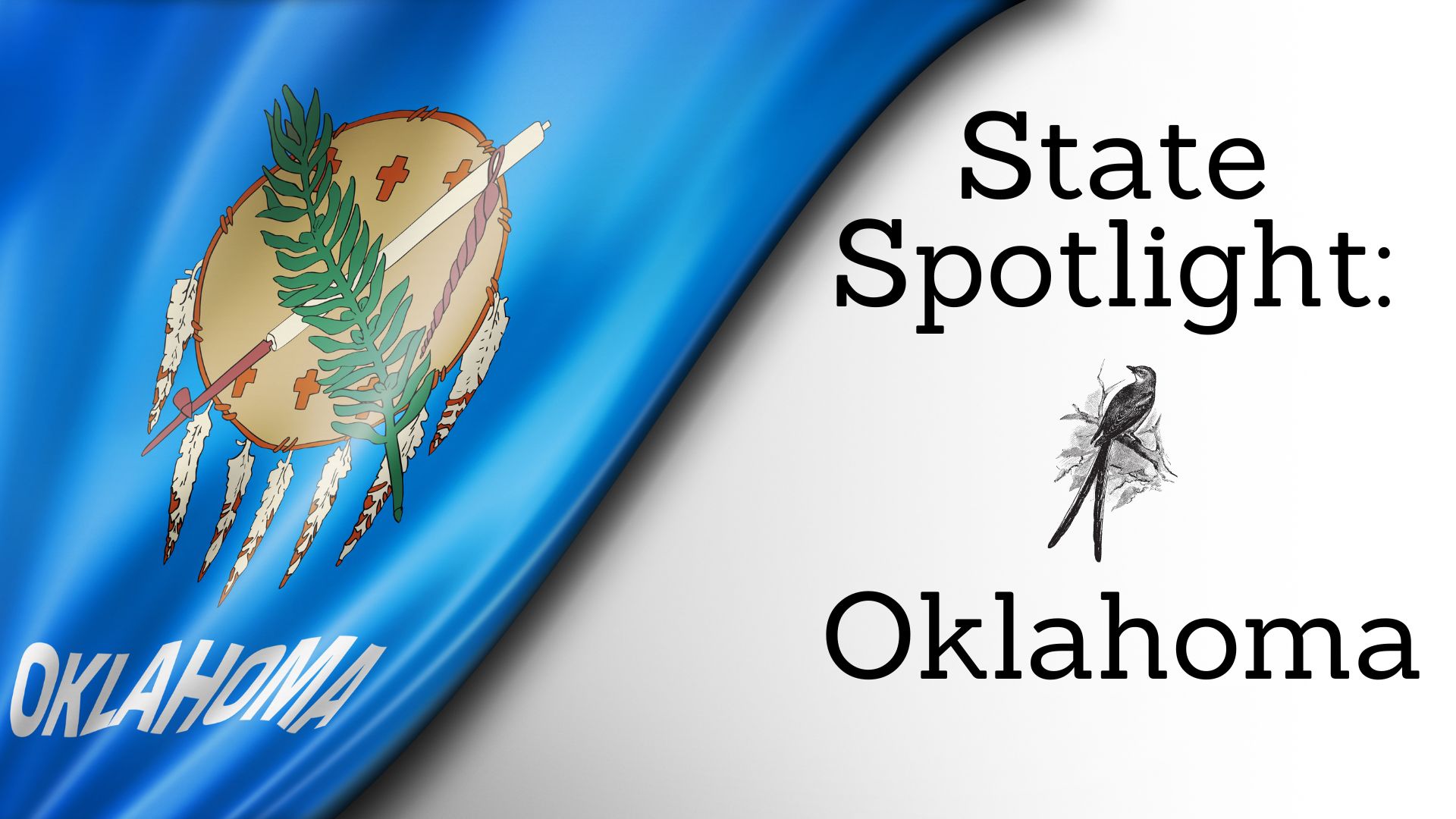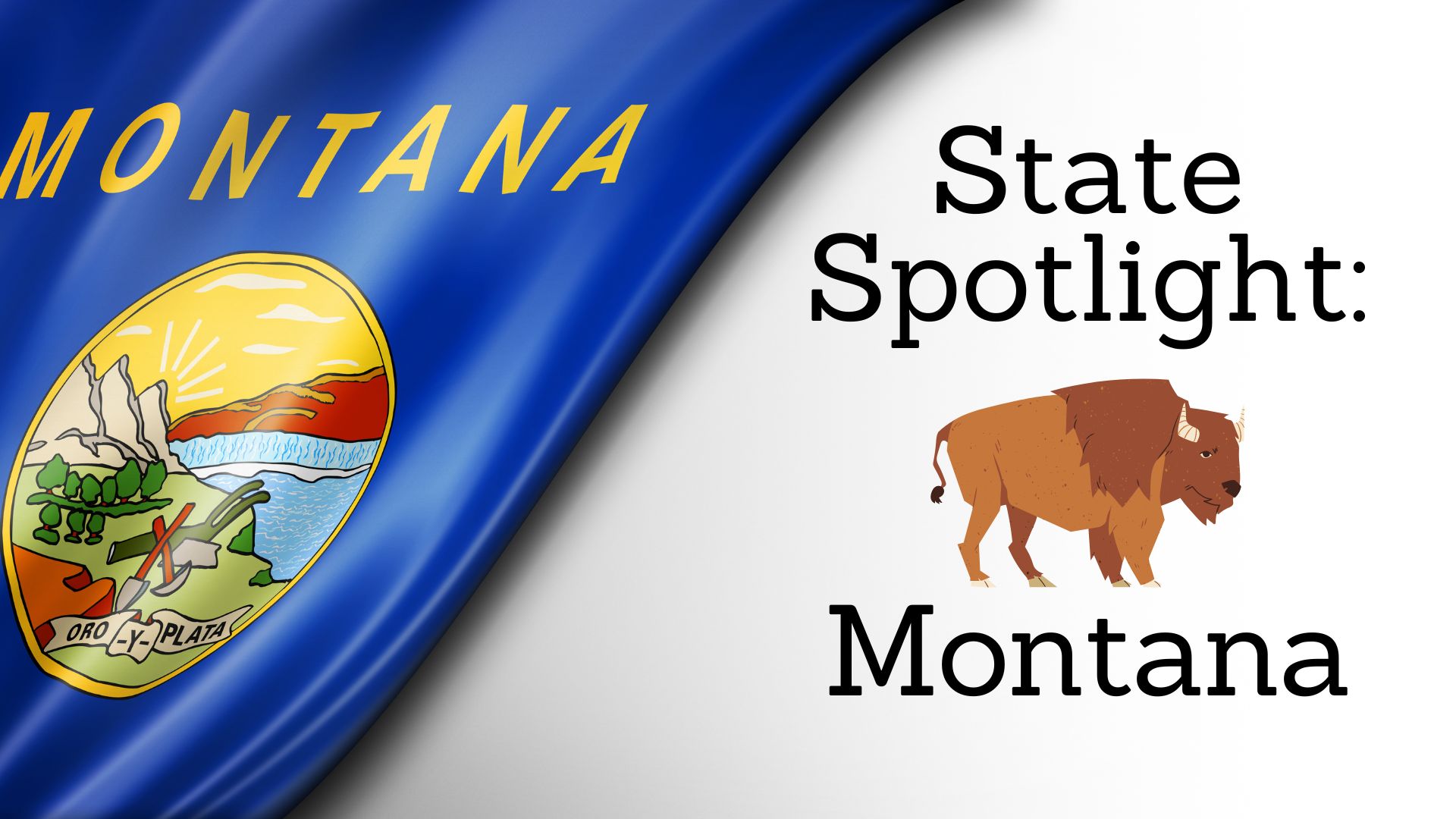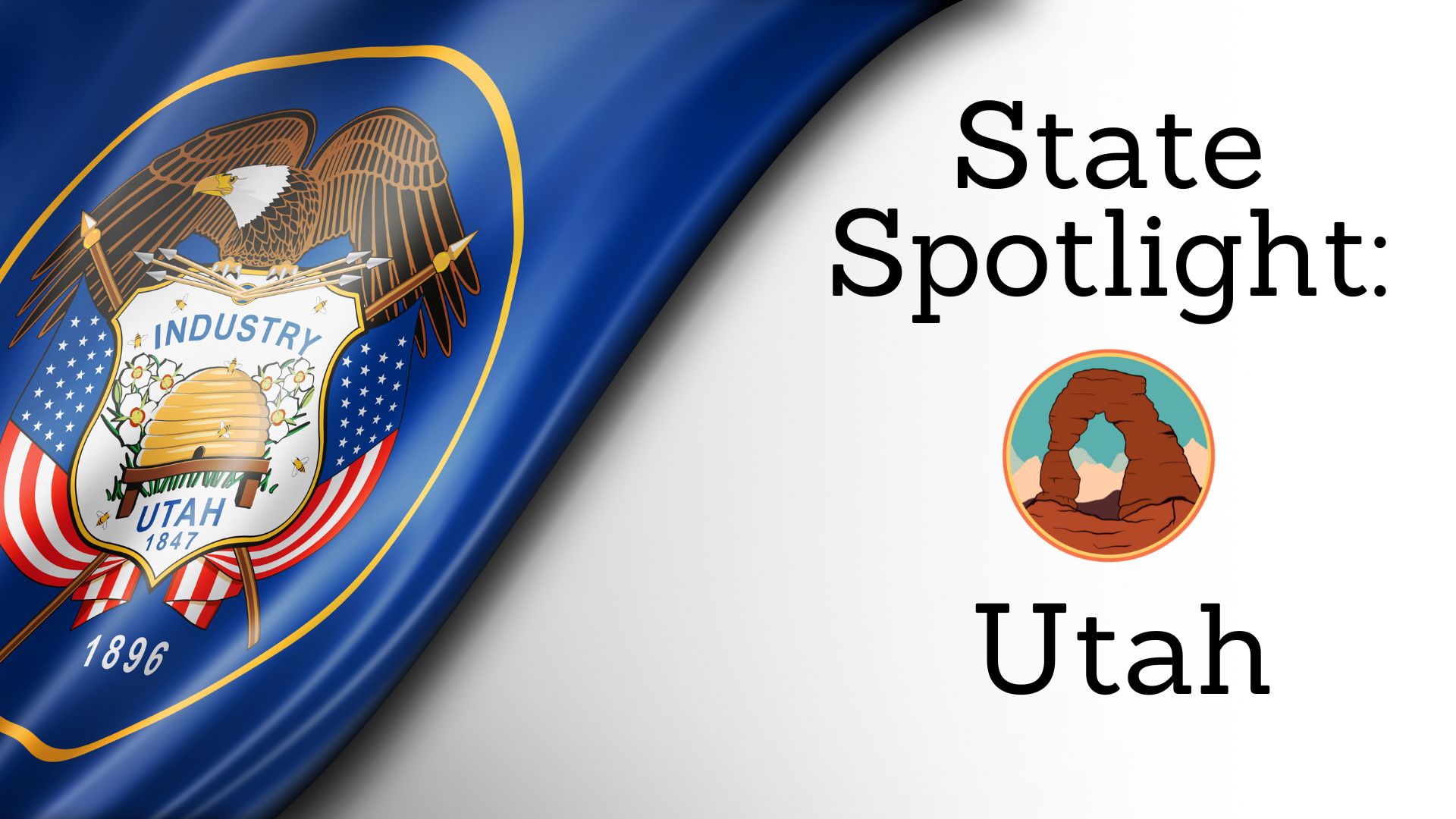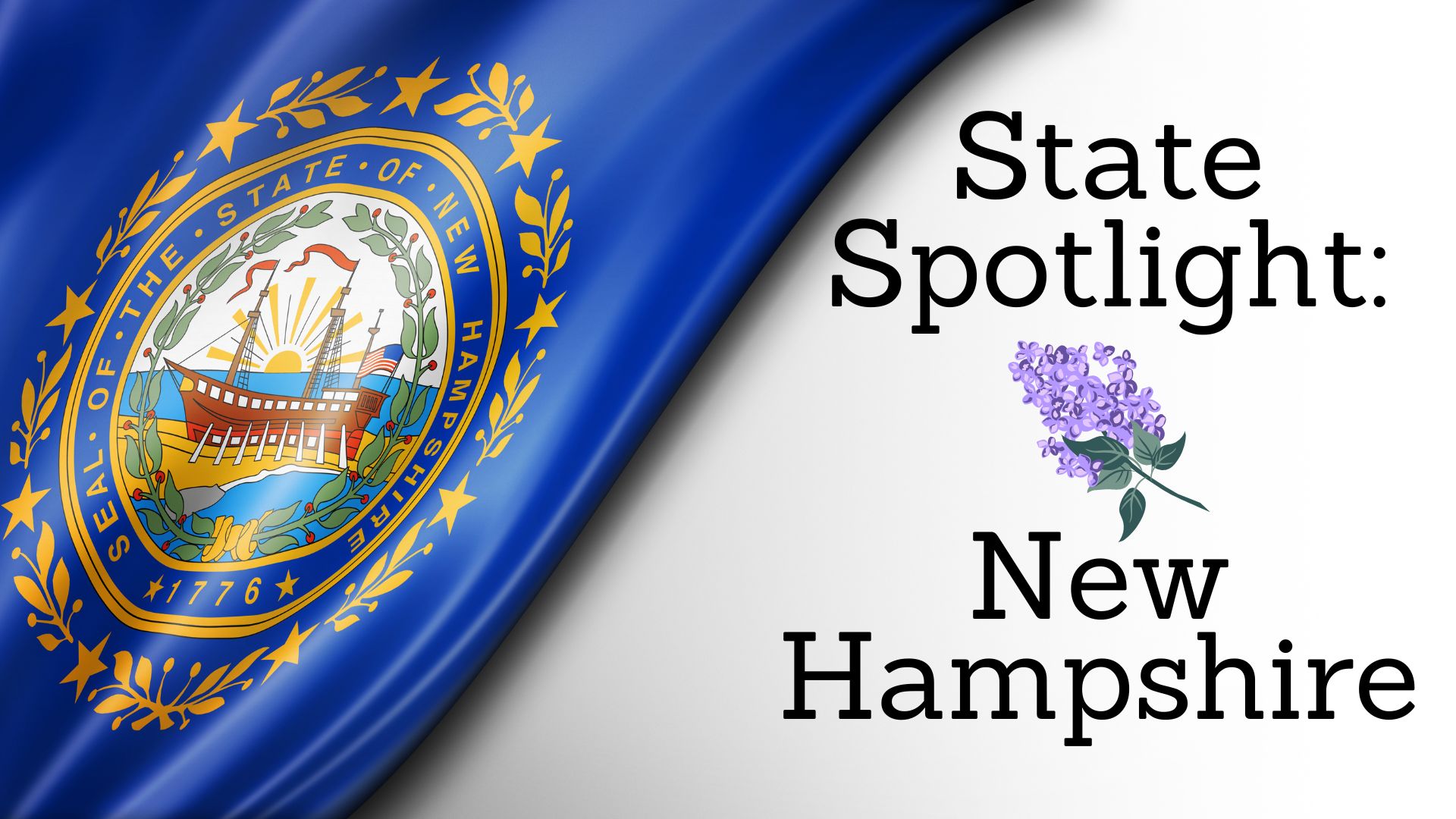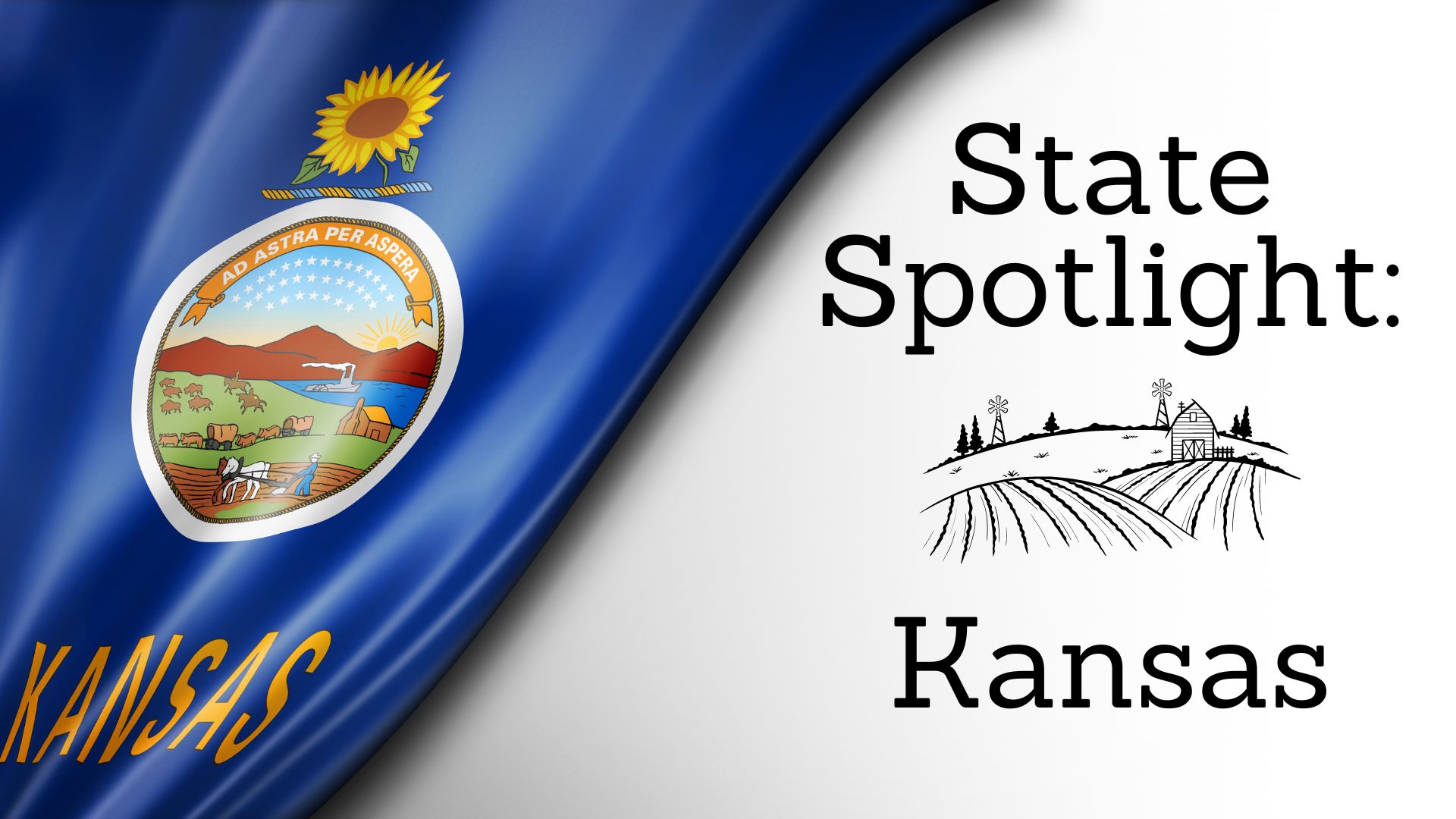Everything you need to know about South Dakota's state income withholding tax, reciprocity agreements and other helpful information and links.
Posts published by “Romeo Chicco”
Everything you need to know about Rhode Island's state income withholding tax, reciprocity agreements and other helpful information and links.
Everything you need to know about Nebraska's state income withholding tax, reciprocity agreement and other helpful information and links.
Everything you need to know about Vermont's state income withholding tax, reciprocity agreements and other helpful information and links.
Everything you need to know about Oklahoma's state income withholding tax, reciprocity agreements and other helpful information and links.
Everything you need to know about Montana's state income withholding tax, reciprocity agreement and other helpful information and links.
Everything you need to know about Utah's state incoming withholding tax, reciprocity agreements and other helpful information and links.
Everything you need to know about New Hampshire's state incoming withholding tax, reciprocity agreements and other helpful information and links.
Everything you need to know about Alaska state income withholding tax, reciprocity agreements and other helpful information and links.
Everything you need to know about Kansas's state income withholding tax, reciprocity agreements and other helpful information and links.

